Can you identify this scary looking arachnid? There has been lots of cases of the false widow spider in Waterford in recent years and this is in my garden shed. Should I leave well enough alone? Paul Downey, Co Waterford
It is indeed a noble false widow spider, the largest of the false widow species recorded here. It can be found around houses, outbuildings and gardens, especially on stone walls. It is not the biggest Irish spider – that honour goes to the female of the bog-dwelling raft spider, which has a body length of 22mm and a leg span of 70mm. Female false widows have a body length of up 15mm and a leg span of a mere 34mm at most. It can pierce our skin with its fangs and insert venom if provoked, so do leave well enough alone.
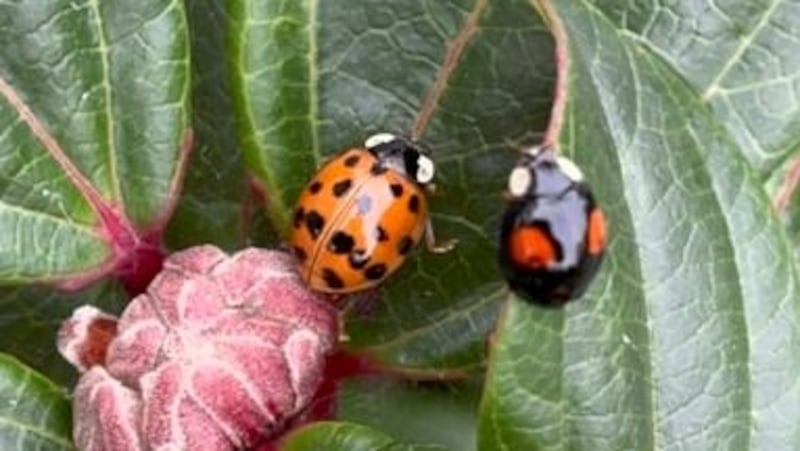
Are these native ladybugs? Have never seen a black ladybird before! Are they pests? They were on a plant in my garden in Rathfarnham. Jackie Punch Watson, Dublin
They are neither native nor ladybugs. In Ireland, this group of insects is known as ladybirds, and the one here is the invasive harlequin ladybird. Its colours and markings are very variable. The background can be either black or orange and individuals can vary from being spotless to having two to four red spots on black to 15-21 black spots on orange. They are pests as they eat our native ladybird larvae.
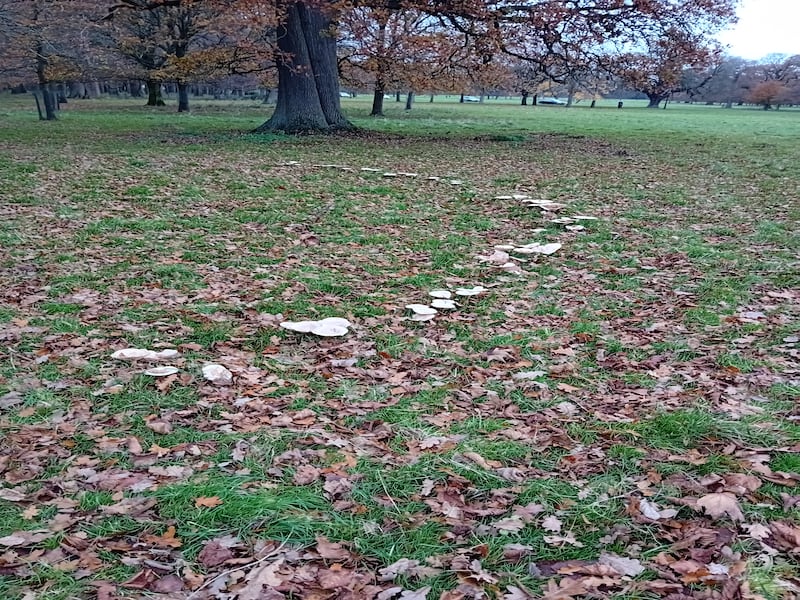
These mushrooms are growing in a section of the Phoenix Park. They follow a curved pattern and seem to also follow trees. This one followed an oak, but another one followed a chestnut tree. Are they following the tree root? And how are they not damaged in cold weather? Michael Hannon, Dublin
No, it doesn’t follow tree roots. This is one of the so-called fairy ring fungi (Clitocybe nebularis), the clouded funnel mushroom, known to form very expansive rings, often several metres in diameter. It was thought that rings of mushrooms in the grass – some accompanied by a bare inner circle – were caused by fairies enthusiastically dancing in the moonlight. More prosaically, these rings begin with the germination of fungal spores followed by the outward, radial expansion of the developing colony and the production of spore-bearing mushrooms. This is a late-autumn fruiting one.
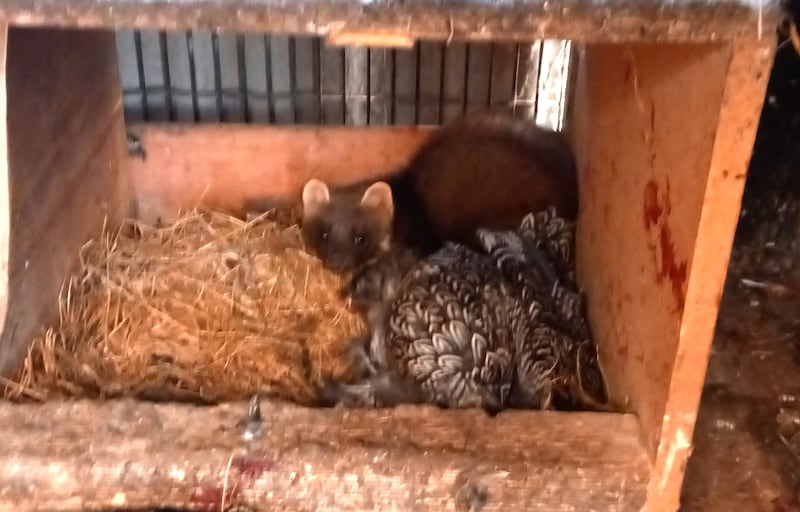
Caught in the act: a young pine marten after a busy night in the chicken coop, during which it wiped out my entire flock of 10 hens and a rooster. Fiacre Hensey, Co Clare
Pine martens are primarily carnivores and will kill a range of animals to eat, such as rats, mice, frogs, rabbits, squirrels and birds as well as hens, as you discovered to your cost. They can squeeze through a 45mm diameter hole into hen coups and then the frenzy caused by the terrified fowl causes it to continue killing until all becomes quiet.
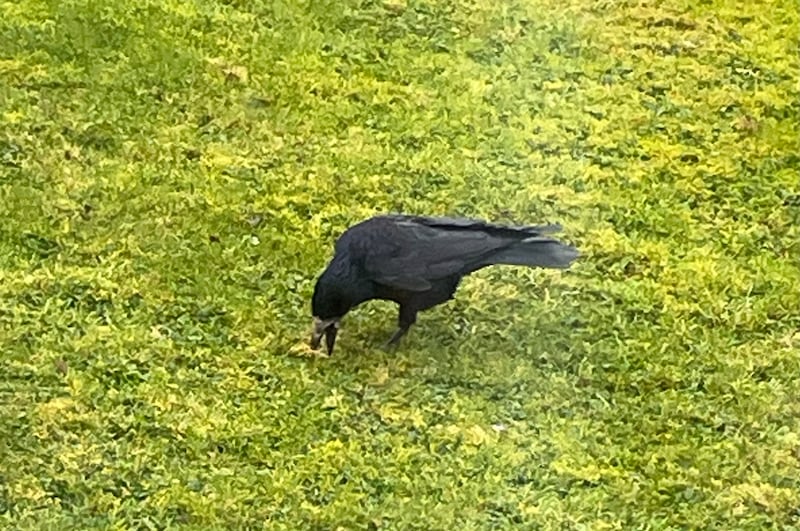
I have recently noticed many crows digging in my lawn and I wonder what they are doing. Thomas MacGrath, Cork
Earthworms form part of the diet of rooks, as do wireworms and the leatherjacket larvae of the daddy-long-legs. These all live in the soil and the rooks digging in your lawn are looking for these. Fields, following a close cut for sileage, are often black with such foraging birds.
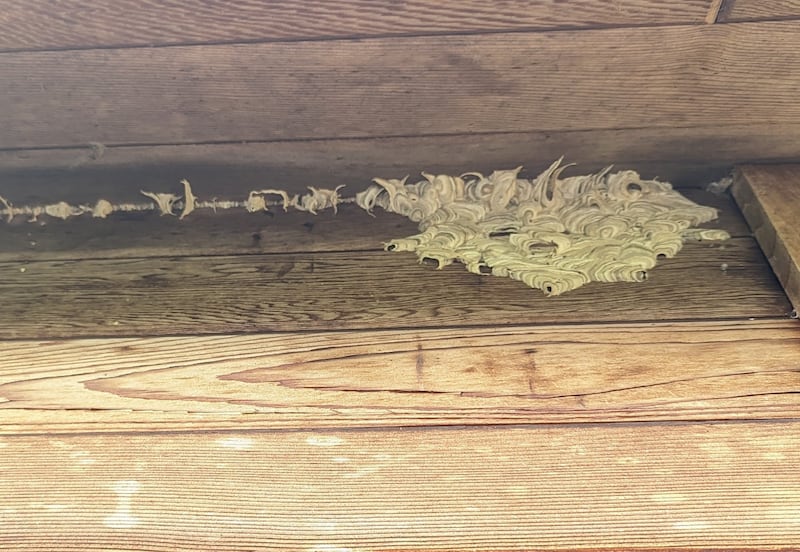
Is it usual for wasps to be actively building a nest at this time of year? Greg Ashe, Co Limerick
No, it isn’t. Worker wasps have all died off by the end of the year and the new mated queens are in hibernation until next spring. Are you sure this is an active site with working wasps?
Please submit your nature query, observation, or photo with a location, via irishtimes.com/eyeonnature




